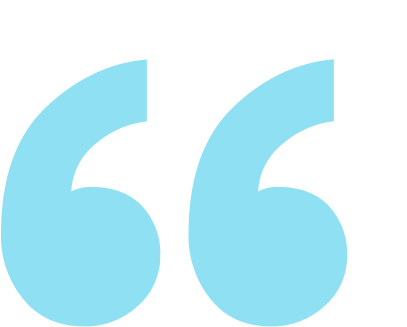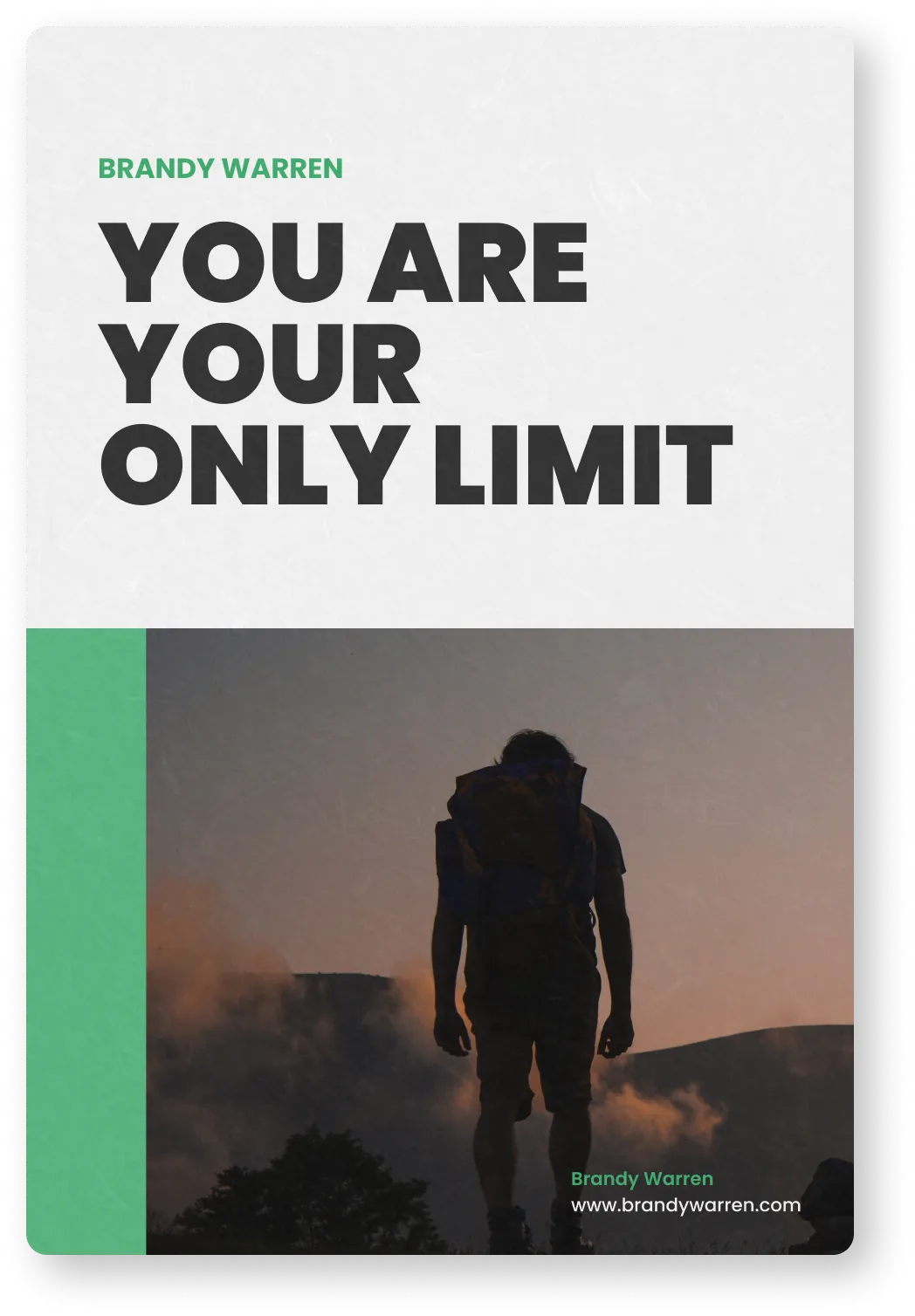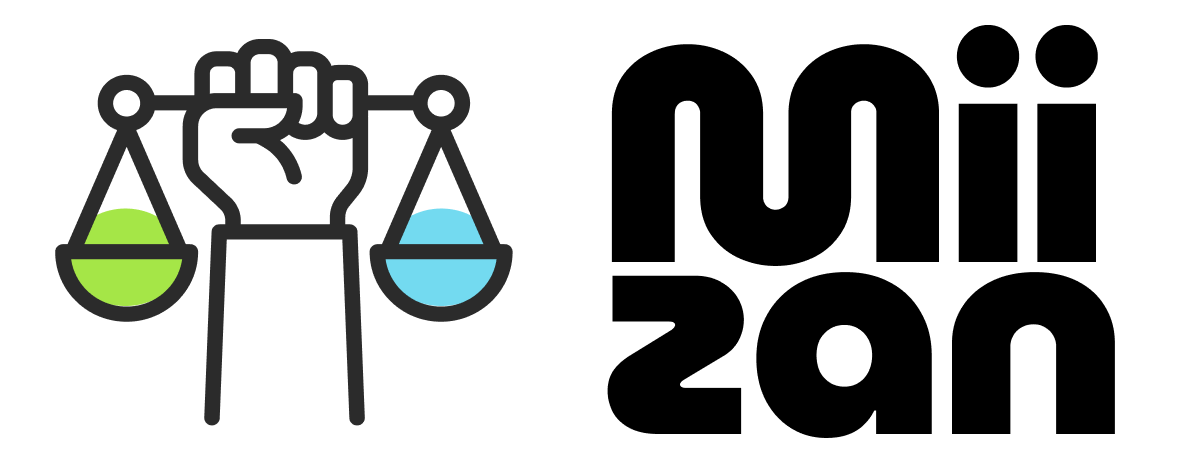
Your Mood Is Data: The Missing Metric in Wellness Tracking
Mood Tracking in Wellness Apps: The Missing Metric for Balance
Most wellness apps today lean on external measures — steps, sleep, heart rate. Useful, yes, but they only tell half the story.
Your mood is the other half — the most human, immediate, and revealing data point we have. As research on life balance shows, mood isn’t just fluff; it’s a diagnostic lens into our overall well-being.
Al-Ghazālī, in The Alchemy of Happiness, wrote that we carry not just outer senses but also inner faculties: perception, reflection, memory, recollection, and imagination. These explain why two people can experience the same event but feel completely different. One recalls a past hurt (memory), another reimagines a possibility (imagination). The external input is the same, but the inner story is not.
That’s why mood tracking matters. It captures not only what happens outside, but also how our inner world interprets it.
Hedonic vs. Eudaimonic Well-being in Wellness Tracking
Much of today’s wellness culture leans on hedonic well-being — the pursuit of comfort, enjoyment, and immediate pleasure. A good meal, a solid night’s sleep, a wave of likes on social media. These are valuable, but fleeting.
What often gets lost is eudaimonic well-being — the deeper sense of purpose, growth, and alignment with values. It’s the fulfillment that comes from helping someone, the clarity from reflection, or the peace of knowing your time was well spent.
Take work as an example. Excelling at a project might bring hedonic pleasure — recognition, praise, a quick emotional lift. But if that same project also aligns with your values and contributes to something meaningful, it becomes eudaimonic — a source of lasting fulfillment.
Mood tracking reveals both layers. It helps you notice when you’re only chasing temporary highs versus building depth and meaning. True balance requires both. Hedonic moments spark joy, while eudaimonic experiences give life weight and direction. And the one metric where both show up side by side — is mood.
Why Mood Tracking Is the Missing Metric in Wellness Apps
Wearables can tell you how long you slept. Fitness apps can count your steps. But none of them can answer the real questions:
Am I fulfilled? Am I at peace? Am I drifting toward burnout?
Mood is the earliest signal. It captures fleeting emotions (“I feel stressed,” “I feel energized”) as well as deeper undercurrents (“I feel this day mattered”). Ignoring it means missing the earliest signs of imbalance — the quiet warnings numbers alone can’t show.
As Miizan’s framework puts it: balance isn’t equal hours — it’s meaningful presence. Mood is the measure of whether that presence is nourishing you or draining you.
Mood Tracking for Burnout Prevention: Patterns and Triggers
Burnout is not a sudden collapse; it’s a slow decline. Nearly half of workers worldwide now report burnout symptoms.¹ But before exhaustion fully sets in, the body and mind send quiet warnings: fatigue, irritability, loss of clarity. Daily mood check-ins can surface these early warnings:
Sunday-night dread before the workweek begins.
A post-social uplift after connecting with friends.
Energy crashes tied to late-night screen time.
These subtle shifts don’t show up in step counts or sleep graphs. But mood tracking does. It gives you the chance to pivot early — before imbalance becomes burnout.
Mood in Context: The Power of Parallel Tracking
Mood becomes even more powerful when viewed in parallel with other tracked variables. Research shows that combining mood with physical, behavioral, and environmental data turns it into actionable insight.
Sleep & Energy → How rest builds or depletes resilience.
Social Time → Whether connection lifts or isolation lowers your baseline.
Workload → When productivity tips into depletion.
Environment → How seasons, weather, or stressors reshape outlook.
Psychologists call this “parallel tracking” — connecting how you feel with what you’re doing. It transforms mood from a journal entry into a wellness compass.
Miizan: The Wellness App That Turns Mood Into Balance
This is where Miizan stands apart. Our Daily Pulse doesn’t just capture mood — it links your feelings with your time across the four life pillars: Work, Health, Relationships, and Wellbeing.
That means you don’t just see what you did. You see how it mattered:
“Your workout boosted vitality, but lack of family time lowered your mood balance.”
“Too much work this week increased pressure and reduced clarity.”
By integrating mood directly into your Balance Score, Miizan reflects both hedonic happiness and eudaimonic fulfillment — the quick lift and the lasting anchor.
The Takeaway: Mood as the Future of Wellness Apps
Mood isn’t fluff. It’s the compass connecting short-term happiness to long-term meaning. It’s the missing metric in wellness apps — and without it, even the best health data leaves blind spots.
As Al-Ghazālī suggested centuries ago, true happiness is not just in the senses but in the alignment of inner and outer faculties. Mood is the measure of that alignment — and the earliest signal of balance or drift.
¹ Boston Consulting Group, Half of Workers Around the World Struggling with Burnout (2024).
Feeling off-beat?
Miizan helps you restore rhythm by tracking your routines across Work, Health, Relationships, and Wellbeing. Small daily shifts, big peace of mind.
Features you'll love
Forget equal hours—discover the metrics that actually reveal true balance.
Balance isn’t just work vs. life—it’s about aligning all parts of your day with what matters most.
How your own data can reveal what fuels you—and what drains you—before burnout hits.

“Truth is the offspring of silence and meditation.”
Sir Isaac Newton
English polymath active as a mathematician, physicist, astronomer, alchemist, theologian, and author (1642-1727)



